Titanium dioxide, also known as titanium dioxide, chemical formula TiO2, is an important inorganic chemical pigment in the form of white solid or powder. It is non-toxic, has high whiteness and brightness, and is considered to be the best white pigment to improve the whiteness of materials. It is widely used in coatings, plastics, rubber, paper, ink, ceramics, glass and other industries. Titanium dioxide is closely related to the national economy and is known as the “barometer of economic development.” Especially in the field of coatings, the main function of titanium dioxide is to whiten, improve the color and texture of the product, and at the same time, it can also play anti-corrosion, protect the substrate, increase the thickness and service life of the coating, etc.
Titanium dioxide is divided into pigment grade and non-pigment grade titanium dioxide. Pigment-grade titanium dioxide is titanium dioxide that is used in coatings, inks, plastics, rubber, papermaking, chemical fibers, art pigments and daily cosmetics with the main purpose of improving the whiteness of materials. Non-pigment grade titanium dioxide is titanium dioxide used in enamel, welding rods, ceramics, electronics, metallurgy and other industrial sectors with the main purpose of improving material purity. Pigment-grade titanium dioxide is further divided into rutile type (R type) and anatase type (A type). Rutile type titanium dioxide has the highest yield, accounting for 77.6%. Its crystal structure is similar to rutile mineral and is also the most stable crystal form among titanium dioxide. , has high UV resistance and weather resistance, and is mainly used for high-end outdoor coatings, glossy latex coatings, plastics, rubber materials with high achromatic power and weather resistance requirements, high-end paper coatings, etc. Anatase type titanium dioxide accounts for 17.2% of the output. Its crystal structure is anatase structure, non-toxic and tasteless, with high whiteness, hiding power and gloss. However, compared with rutile type, its weather resistance and hiding power are poorer. Mainly Used in interior coatings, inks, rubber, glass, cosmetics, soaps, plastics, etc.
The production process of titanium dioxide is divided into two types: sulfuric acid method and chlorination method. The sulfuric acid method is to perform an acidolysis reaction between ferrotitanium powder and concentrated sulfuric acid to produce titanyl sulfate, which is hydrolyzed to generate metatitanic acid, which is then calcined and pulverized to obtain titanium dioxide. White powder products. The advantage of this method is that it can use low-priced and easily available ilmenite and sulfuric acid as raw materials, the technology is relatively mature, the equipment is simple, and anti-corrosion materials are easy to solve. The disadvantage is that the process is long, it can only be operated intermittently, the consumption of sulfuric acid and water is high, there are many wastes and by-products, and it pollutes the environment. Enterprises in our country generally use the sulfuric acid method to produce titanium dioxide, which can produce rutile titanium dioxide and anatase titanium dioxide, but the purity of the products is not as good as that of rutile titanium dioxide directly prepared by the chlorination method.
The chlorination method uses titanium-containing rutile or high-titanium slag as raw materials. It is chlorinated at high temperature to generate titanium tetrachloride, and then undergoes distillation and purification, gas-phase chlorination, rapid cooling, gas-solid separation and other processes to obtain high purity and better quality. Good rutile titanium dioxide. The advantages of this method are short process, easy expansion of production capacity, high degree of continuous automation, relatively low energy consumption, less “three wastes” and high-quality products. Its disadvantages are large investment, complex equipment structure, high requirements on materials, high temperature resistance and corrosion resistance, difficult maintenance of the device, and difficulty in research and development. The chlorination method is a new technology, which requires higher requirements for enterprise R&D and large-scale production quality control capabilities. Only some large enterprises have the ability to promote the industrialization of the chlorination method.

